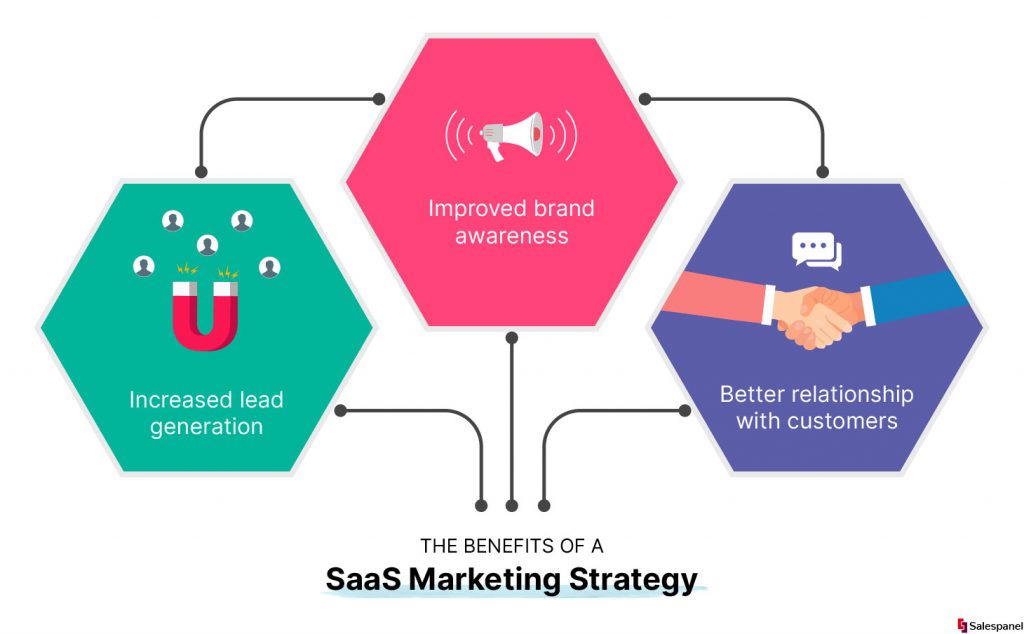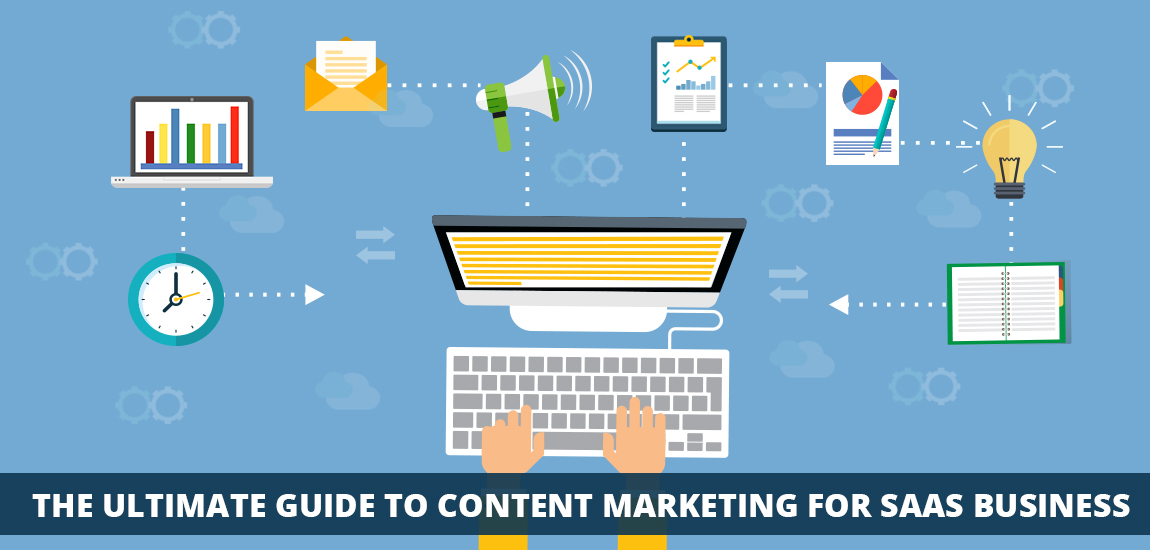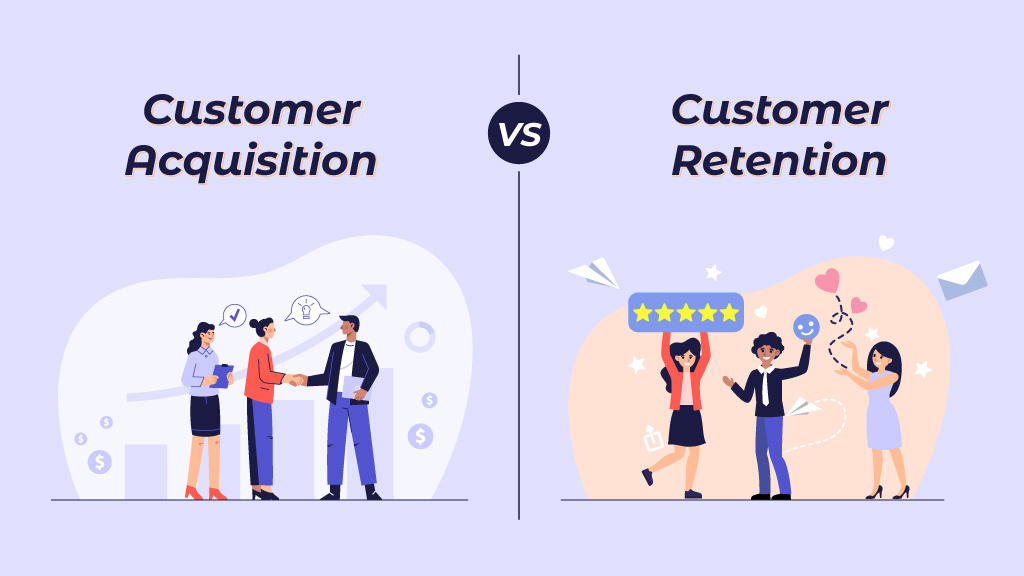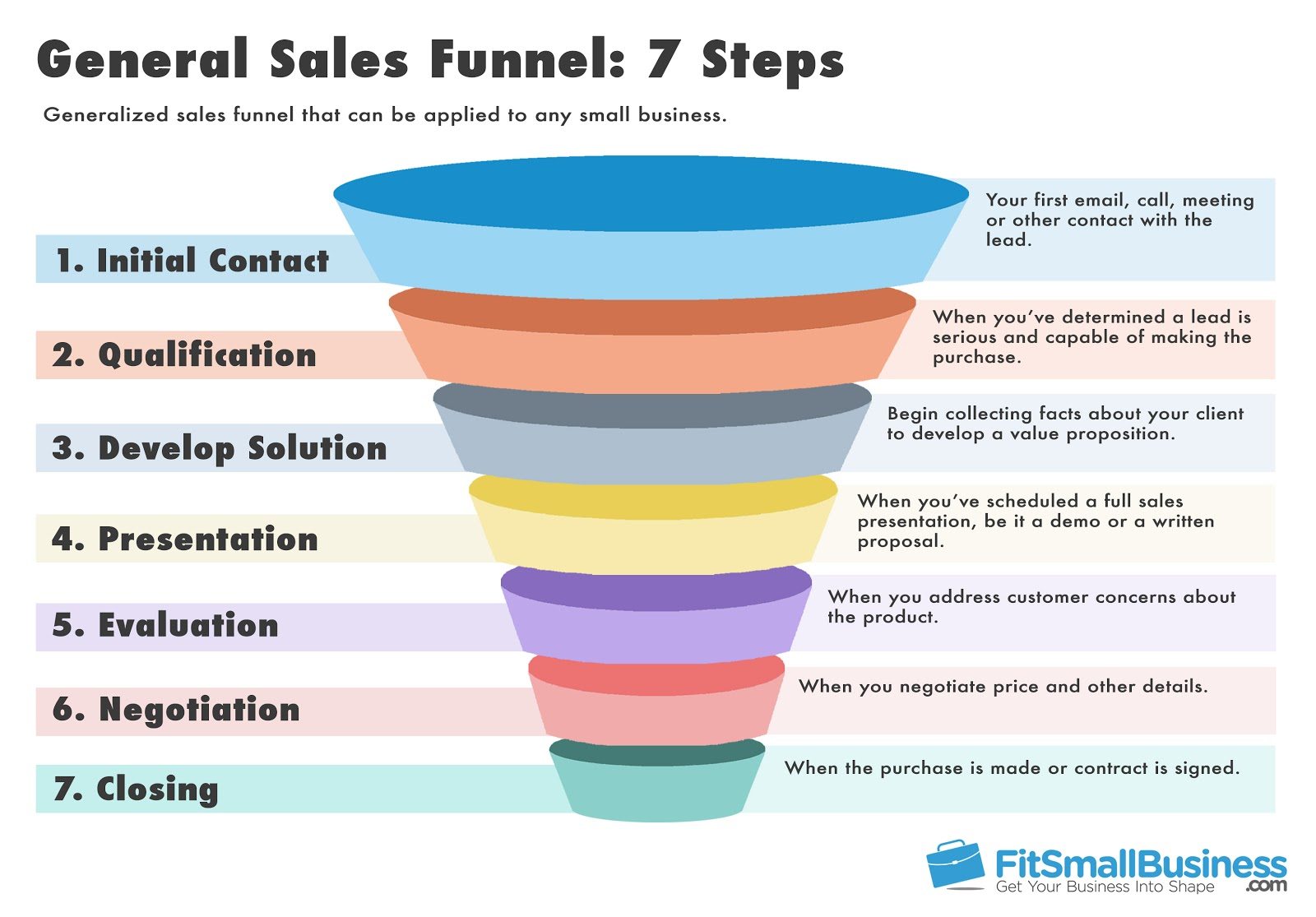Why a Solid Marketing Plan is Crucial for SaaS Businesses
In today’s crowded and competitive software as a service (SaaS) market, having a well-thought-out marketing strategy is crucial for success. A solid marketing plan helps SaaS businesses stand out from the competition, build brand awareness, and drive customer acquisition. Without a clear marketing strategy, SaaS companies risk getting lost in the noise, struggling to attract and retain customers, and ultimately, failing to achieve their revenue goals.
A good SaaS marketing strategy starts with a deep understanding of the target audience, including their pain points, needs, and behaviors. By understanding what drives their customers, SaaS businesses can create targeted marketing campaigns that resonate with their audience and drive conversions. A solid marketing plan also helps SaaS companies to prioritize their marketing efforts, allocate resources effectively, and measure the success of their marketing initiatives.
Effective SaaS marketing strategies also involve leveraging multiple channels to reach and engage with customers. This includes social media, content marketing, email marketing, and paid advertising. By using a combination of these channels, SaaS businesses can build a strong brand presence, drive website traffic, and generate leads. Moreover, a solid marketing plan helps SaaS companies to stay ahead of the competition, identify new opportunities, and adapt to changes in the market.
According to a study by HubSpot, companies that have a documented marketing strategy are more likely to see an increase in website traffic, leads, and sales. In fact, the study found that companies with a documented marketing strategy are 2.5 times more likely to see an increase in sales. This highlights the importance of having a solid marketing plan in place for SaaS businesses.
By investing time and resources into developing a comprehensive marketing strategy, SaaS businesses can set themselves up for success and achieve their revenue goals. Whether it’s building brand awareness, driving customer acquisition, or increasing sales, a solid marketing plan is essential for SaaS companies looking to thrive in today’s competitive market.
Understanding Your Target Audience: The Key to Effective SaaS Marketing
In order to develop effective SaaS marketing strategies, it’s crucial to have a deep understanding of your target audience. This includes identifying their pain points, needs, and behaviors, as well as creating buyer personas that accurately represent your ideal customer. By understanding what drives your customers, you can create targeted marketing campaigns that resonate with them and drive conversions.
Conducting market research is a critical step in understanding your target audience. This can include surveys, focus groups, and online analytics tools that provide insights into customer behavior and preferences. By analyzing this data, you can identify patterns and trends that inform your marketing strategy and help you create content that resonates with your audience.
Creating buyer personas is also an important step in understanding your target audience. A buyer persona is a semi-fictional representation of your ideal customer, including demographic information, goals, challenges, and behaviors. By creating buyer personas, you can better understand what drives your customers and create marketing campaigns that speak directly to their needs and pain points.
For example, a SaaS company that offers project management software may create a buyer persona for a marketing manager at a small business. This persona may include demographic information such as age, job title, and industry, as well as goals and challenges such as managing multiple projects simultaneously and staying within budget. By understanding this persona, the SaaS company can create targeted marketing campaigns that speak directly to the needs and pain points of this customer.
In addition to creating buyer personas, it’s also important to understand the customer journey and how it relates to your SaaS marketing strategy. The customer journey includes all of the touchpoints that a customer has with your brand, from initial awareness to conversion and beyond. By understanding the customer journey, you can create marketing campaigns that speak directly to the needs and pain points of your customers at each stage of the journey.
By taking the time to understand your target audience and create buyer personas, you can develop effective SaaS marketing strategies that drive conversions and revenue growth. Remember to always keep your target audience in mind when creating marketing campaigns, and to continually gather feedback and insights to refine your strategy over time.
How to Develop a Winning Content Marketing Strategy for Your SaaS Business
Developing a winning content marketing strategy is crucial for SaaS businesses looking to attract and retain customers. A well-planned content marketing strategy can help SaaS companies build brand awareness, establish thought leadership, and drive conversions. In this article, we’ll explore the key elements of a successful content marketing strategy for SaaS businesses.
The first step in developing a content marketing strategy is to identify your target audience and their needs. This includes understanding their pain points, goals, and behaviors, as well as creating buyer personas that accurately represent your ideal customer. By understanding your target audience, you can create content that resonates with them and addresses their specific needs.
Next, you need to determine the types of content that will resonate with your target audience. This can include blog posts, eBooks, whitepapers, case studies, and more. The key is to create a mix of content that educates, entertains, and inspires your audience. For example, a SaaS company that offers project management software may create a series of blog posts that provide tips and best practices for managing projects effectively.
In addition to creating the right types of content, you also need to consider the channels you’ll use to distribute that content. This can include your website, social media, email, and more. The key is to use a mix of channels that allows you to reach your target audience where they are most active. For example, a SaaS company may use social media to promote their blog posts and drive traffic to their website.
Once you’ve created and distributed your content, you need to track its performance and make adjustments as needed. This includes monitoring metrics such as website traffic, engagement, and conversions. By tracking these metrics, you can see what’s working and what’s not, and make adjustments to your content marketing strategy accordingly.
Finally, it’s essential to continually create new and fresh content to keep your audience engaged. This can include repurposing existing content, creating new content formats, and experimenting with new channels. By continually creating new and fresh content, you can keep your audience engaged and drive long-term results for your SaaS business.
By following these steps, SaaS businesses can develop a winning content marketing strategy that drives results. Remember to always keep your target audience in mind, and to continually track and adjust your strategy to ensure long-term success.
Leveraging Social Media to Amplify Your SaaS Marketing Efforts
Social media has become an essential channel for SaaS marketing, offering a powerful way to build brand awareness, engage with customers, and drive website traffic. By leveraging social media effectively, SaaS businesses can amplify their marketing efforts and reach a wider audience.
The first step in leveraging social media for SaaS marketing is to identify the right platforms for your business. This includes understanding your target audience and where they are most active online. For example, a SaaS company that offers project management software may find that their target audience is most active on LinkedIn and Twitter.
Once you’ve identified the right platforms, you need to create a strong brand presence on each one. This includes creating a consistent brand voice and visual identity, as well as posting high-quality content that resonates with your target audience. By creating a strong brand presence, you can build trust and credibility with your target audience and establish your business as a thought leader in the industry.
In addition to creating a strong brand presence, you also need to engage with your target audience on social media. This includes responding to comments and messages, sharing user-generated content, and running social media contests and giveaways. By engaging with your target audience, you can build a loyal community of followers who will help amplify your marketing efforts.
Social media advertising is also a powerful way to amplify your SaaS marketing efforts. By running targeted ads on platforms like Facebook and LinkedIn, you can reach a wider audience and drive website traffic and conversions. For example, a SaaS company that offers customer service software may run targeted ads on Facebook to reach small business owners who are interested in customer service solutions.
Finally, it’s essential to track the performance of your social media marketing efforts and make adjustments as needed. This includes monitoring metrics such as engagement rates, website traffic, and conversions. By tracking these metrics, you can see what’s working and what’s not, and make adjustments to your social media marketing strategy accordingly.
By leveraging social media effectively, SaaS businesses can amplify their marketing efforts and reach a wider audience. Remember to always keep your target audience in mind, and to continually track and adjust your social media marketing strategy to ensure long-term success.
The Power of Email Marketing for SaaS Customer Acquisition and Retention
Email marketing is a powerful tool for SaaS businesses looking to acquire and retain customers. By building an email list and creating effective campaigns, SaaS companies can nurture leads, drive conversions, and build long-term relationships with their customers.
The first step in leveraging email marketing for SaaS customer acquisition and retention is to build an email list. This can be done by creating a lead magnet, such as an eBook or webinar, that encourages visitors to provide their email address in exchange for the content. Once you have a list, you can create targeted email campaigns that speak directly to the needs and pain points of your audience.
Effective email campaigns for SaaS customer acquisition and retention include welcome emails, nurture emails, and promotional emails. Welcome emails are sent to new subscribers and provide an introduction to your brand and products. Nurture emails are sent to subscribers who have shown interest in your products but have not yet converted. Promotional emails are sent to subscribers who have converted and provide special offers and discounts to encourage repeat business.
In addition to building an email list and creating effective campaigns, it’s also important to personalize your emails to increase engagement and conversions. This can be done by using the subscriber’s name, tailoring the content to their interests, and using segmentation to target specific groups of subscribers.
Another key aspect of email marketing for SaaS customer acquisition and retention is to track and analyze the performance of your campaigns. This includes monitoring metrics such as open rates, click-through rates, and conversion rates. By tracking these metrics, you can see what’s working and what’s not, and make adjustments to your email marketing strategy accordingly.
Finally, it’s essential to continually create new and fresh content to keep your email list engaged. This can include creating new lead magnets, updating existing content, and experimenting with new email formats and channels. By continually creating new and fresh content, you can keep your email list engaged and drive long-term results for your SaaS business.
By leveraging email marketing effectively, SaaS businesses can acquire and retain customers, drive conversions, and build long-term relationships with their audience. Remember to always keep your target audience in mind, and to continually track and adjust your email marketing strategy to ensure long-term success.
Measuring Success: Key Metrics for Evaluating Your SaaS Marketing Strategy
Evaluating the success of your SaaS marketing strategy is crucial to understanding what’s working and what’s not. By tracking key metrics, you can make data-driven decisions to optimize your marketing efforts and drive better results. In this article, we’ll discuss the key metrics you should be tracking to evaluate the success of your SaaS marketing strategy.
One of the most important metrics to track is customer acquisition cost (CAC). This metric measures the cost of acquiring a new customer, including the cost of marketing and sales efforts. By tracking CAC, you can understand the efficiency of your marketing efforts and make adjustments to reduce costs and improve ROI.
Another key metric to track is lifetime value (LTV). This metric measures the total value of a customer over their lifetime, including the revenue they generate and the costs associated with serving them. By tracking LTV, you can understand the long-term value of your customers and make decisions to optimize your marketing efforts and improve customer retention.
Retention rate is also a critical metric to track. This metric measures the percentage of customers who remain active and engaged with your product or service over time. By tracking retention rate, you can understand the effectiveness of your customer success efforts and make adjustments to improve customer satisfaction and reduce churn.
In addition to these metrics, you should also be tracking website traffic, engagement metrics such as time on site and bounce rate, and conversion metrics such as lead generation and sales. By tracking these metrics, you can understand the effectiveness of your marketing efforts and make adjustments to optimize your website and improve conversion rates.
Finally, it’s essential to track the return on investment (ROI) of your marketing efforts. This metric measures the revenue generated by your marketing efforts compared to the cost of those efforts. By tracking ROI, you can understand the effectiveness of your marketing efforts and make decisions to optimize your budget and improve ROI.
By tracking these key metrics, you can evaluate the success of your SaaS marketing strategy and make data-driven decisions to optimize your marketing efforts and drive better results. Remember to always keep your target audience in mind, and to continually track and adjust your marketing strategy to ensure long-term success.
Optimizing Your SaaS Marketing Funnel for Maximum Conversions
Optimizing your SaaS marketing funnel is crucial to maximizing conversions and driving revenue growth. By streamlining the customer journey, reducing friction, and increasing conversions, you can improve the efficiency of your marketing efforts and drive better results. In this article, we’ll discuss the key strategies for optimizing your SaaS marketing funnel.
The first step in optimizing your SaaS marketing funnel is to identify the key stages of the customer journey. This includes awareness, consideration, and conversion. By understanding the key stages of the customer journey, you can identify areas for improvement and optimize your marketing efforts accordingly.
Streamlining the customer journey is also critical to optimizing your SaaS marketing funnel. This includes reducing friction and making it easy for customers to navigate the sales process. By streamlining the customer journey, you can improve the efficiency of your marketing efforts and drive better results.
In addition to streamlining the customer journey, it’s also important to reduce friction and increase conversions. This can be done by optimizing your website and landing pages, improving your email marketing campaigns, and leveraging social media to drive engagement and conversions.
Another key strategy for optimizing your SaaS marketing funnel is to use data and analytics to inform your marketing decisions. By tracking key metrics such as website traffic, engagement, and conversion rates, you can understand the effectiveness of your marketing efforts and make data-driven decisions to optimize your funnel.
Finally, it’s essential to continually test and optimize your SaaS marketing funnel to ensure maximum conversions. This includes testing different marketing channels, messaging, and creative assets to see what works best for your business. By continually testing and optimizing your funnel, you can improve the efficiency of your marketing efforts and drive better results.
By optimizing your SaaS marketing funnel, you can improve the efficiency of your marketing efforts and drive better results. Remember to always keep your target audience in mind, and to continually test and optimize your funnel to ensure maximum conversions.
Staying Ahead of the Competition: Trends and Innovations in SaaS Marketing
The SaaS marketing landscape is constantly evolving, with new trends and innovations emerging every year. To stay ahead of the competition, it’s essential to stay informed about the latest developments and incorporate them into your SaaS marketing strategies. Here are some of the most significant trends and innovations in SaaS marketing that you should be aware of:
Artificial Intelligence (AI) is becoming increasingly important in SaaS marketing. AI-powered tools can help you personalize your marketing efforts, automate repetitive tasks, and gain valuable insights into your customers’ behavior. For example, AI-powered chatbots can help you provide 24/7 customer support, while AI-driven analytics can help you identify areas for improvement in your marketing funnel.
Personalization is another key trend in SaaS marketing. With the help of AI and data analytics, you can create highly personalized marketing campaigns that resonate with your target audience. Personalization can help you increase customer engagement, boost conversions, and build strong relationships with your customers.
Account-based marketing (ABM) is a highly effective SaaS marketing strategy that involves targeting specific accounts and decision-makers with personalized content and messaging. ABM can help you increase your sales pipeline, improve your conversion rates, and build strong relationships with your customers.
Video marketing is becoming increasingly popular in SaaS marketing. Video content can help you explain complex concepts in a simple and engaging way, build trust with your customers, and increase your brand awareness. You can use video content in a variety of ways, including explainer videos, customer testimonials, and social media videos.
Podcast marketing is another emerging trend in SaaS marketing. Podcasts can help you reach a wider audience, build your brand authority, and establish yourself as a thought leader in your industry. You can create your own podcast or appear as a guest on other popular podcasts in your niche.
Influencer marketing is a highly effective way to reach a wider audience and build your brand awareness. You can partner with influencers in your industry to promote your product or service to their followers. Influencer marketing can help you increase your website traffic, boost your social media engagement, and drive more sales.
Finally, it’s essential to stay up-to-date with the latest SaaS marketing tools and technologies. There are many tools available that can help you streamline your marketing efforts, automate repetitive tasks, and gain valuable insights into your customers’ behavior. Some popular SaaS marketing tools include marketing automation platforms, CRM systems, and social media management tools.
By incorporating these trends and innovations into your SaaS marketing strategies, you can stay ahead of the competition, drive more sales, and build a strong brand presence in your industry. Remember to always keep your target audience in mind and focus on creating highly personalized and engaging marketing campaigns that resonate with them.








